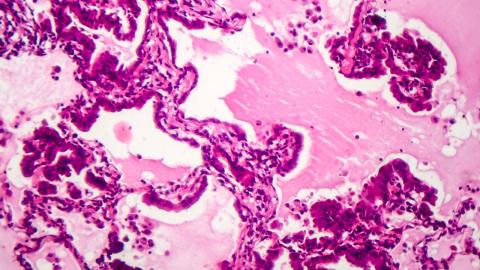
Rainy weather in Asia is often associated with monsoon seasons, which bring a mix of relief from the intense heat and challenges due to the heavy downpours. While rain is crucial for agriculture and maintaining the ecosystem, it also brings a host of health risks that are particularly prominent in this region. Understanding these risks is essential for preparedness and prevention.
Waterborne Diseases
Heavy rainfall can lead to flooding, which in turn causes contamination of drinking water supplies. Common waterborne diseases during rainy seasons include:
CHOLERA
Heavy rains can lead to contamination of water supplies, resulting in outbreaks of cholera. This bacterial infection causes severe diarrhea and dehydration and can be fatal if not treated promptly.
LEPTOSPIROSIS
This bacterial infection is spread through water contaminated by the urine of infected animals. Symptoms range from mild flu-like symptoms to severe complications like liver failure and meningitis.
HEPATITIS A
Often spread through contaminated water or food, Hepatitis A can cause liver inflammation and jaundice.
Mosquito-Borne Diseases
Stagnant water from heavy rains provides ideal breeding grounds for mosquitoes, increasing the risk of mosquito-borne diseases such as:
DENGUE FEVER
Characterized by high fever, severe headache, pain behind the eyes, joint and muscle pain,
and rash. Severe cases can lead to dengue hemorrhagic fever or dengue shock syndrome,
which can be life-threatening.
MALARIA
Caused by Plasmodium parasites transmitted through the bites of infected Anopheles mosquitoes. Symptoms include fever, chills, and flu-like illness. Severe cases can cause anemia, respiratory distress, and even death.
ZIKA VIRUS
While often mild, Zika virus infection during pregnancy can cause serious birth defects. It is
also linked to Guillain-Barré syndrome, a condition that can lead to muscle weakness and paralysis.
Respiratory Infections
The humid and wet conditions during rainy seasons can exacerbate respiratory issues:
INFLUENZA AND COMMON COLD
These viral infections are more easily spread in crowded indoor environments, which are common during rainy periods.
PNEUMONIA
Bacterial pneumonia can become more prevalent due to the damp, cold conditions
weakening the immune system
Skin Infections
Constant wet conditions can lead to various skin problems:
FUNGAL INFECTIONS
Athlete’s foot, ringworm, and other fungal infections thrive in moist conditions, leading to itchy and sometimes painful rashes.
BACTERIAL SKIN INFECTIONS
Cuts and abrasions can become easily infected in unsanitary, wet environments, leading to cellulitis and abscesses.
Foodborne Illnesses
The risk of food contamination increases during the rainy season due to:
POOR SANITATION
Flooding can compromise food hygiene, leading to the spread of bacteria like E. coli and Salmonella.
VECTOR CONTAMINATION
Insects and rodents displaced by rain can contaminate food supplies.
Accidents and Injuries
Heavy rains and flooding can lead to an increased risk of accidents:
DROWNING
Swift currents and deep floodwaters pose a significant drowning risk, especially for children.
ELECTRICAL HAZARDS
Downed power lines and waterlogged electrical systems can cause electrocution.
TRAFFIC ACCIDENTS
Slippery roads and poor visibility contribute to a higher incidence of vehicular accidents.
Prevention and Preparedness
To mitigate these health risks, it's crucial to take preventive measures:
WATER PURIFICATION
Ensure access to clean drinking water through boiling, filtering, or using water purification tablets.
MOSQUITO CONTROL
Use mosquito nets, repellents, and eliminate stagnant water around living areas.
VACCINATION
Stay updated with vaccinations for diseases like Hepatitis A and influenza.
HYGIENE PRACTICES
Maintain good hygiene, including frequent handwashing and food safety practices.
EMERGENCY PREPAREDNESS
Have an emergency kit ready and know the local evacuation routes in case of severe
flooding.
By understanding the health risks associated with rainy weather in Asia and taking proactive measures, individuals and communities can better protect themselves and reduce the impact of these seasonal challenges.



